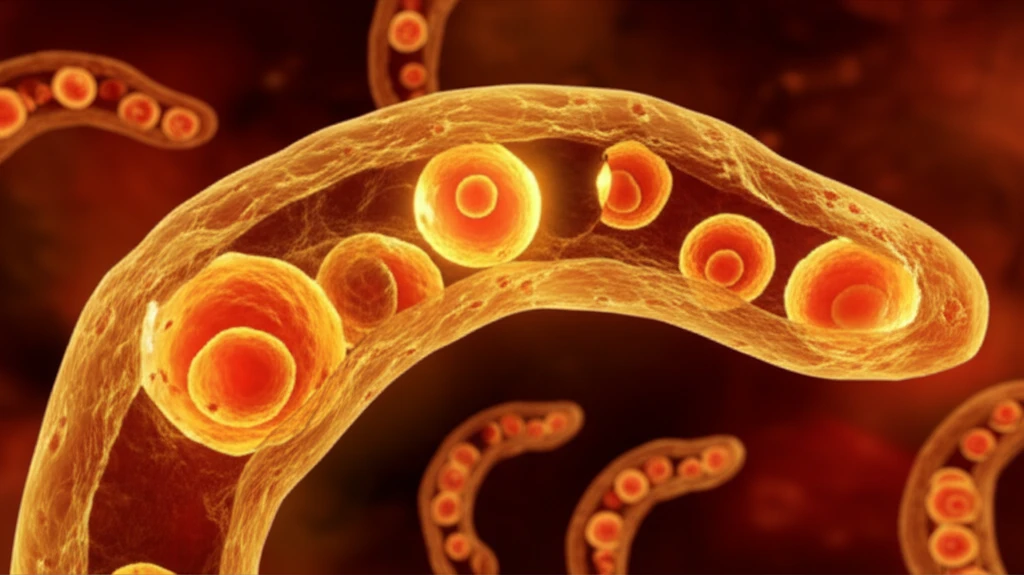
Pancreatic Cancer's Sweet Tooth: How Lipids Could Be the Key to New Treatments
"New research uncovers the critical role of fat metabolism in pancreatic cancer, offering hope for innovative therapies."
Pancreatic ductal adenocarcinoma (PDAC) is a particularly aggressive form of cancer, notorious for its late diagnosis and resistance to conventional antitumor therapies. This grim combination leads to a poor prognosis, with a survival rate of just 5% beyond five years post-diagnosis. The disease is often accompanied by a severe wasting syndrome known as cachexia, further complicating treatment and diminishing the patient's quality of life.
Cachexia, arising from a complex interplay between the host's metabolic tissues and the pancreatic tumor, disrupts metabolic processes. Key features include significant muscle loss, alongside irregularities in lipid (fat) and glucose (sugar) metabolism. This highlights the intricate metabolic dependencies that fuel the tumor's growth and survival.
The pancreatic tumor environment is distinct, characterized by a poorly vascularized stroma that surrounds cancer cells, limiting their access to oxygen and essential nutrients. This forces the tumor cells to undergo metabolic reprogramming, adapting their consumption of energy and nutrients to sustain their rapid expansion.
Why Pancreatic Cancer Is Unlike Any Other

To better understand this unique cancer, researchers often turn to the Pdx1-Cre; K-RasG12D; Ink4a/Arffl/fl (PKI) mouse model. This model faithfully replicates the characteristics of human pancreatic cancer, making it invaluable for studying the disease's progression and therapeutic responses. These mice spontaneously develop pancreatic ductal adenocarcinomas, mirroring the genetic mutations observed in a large proportion of human patients (80-95%).
- Increased Glycolysis: Hypoxic cells primarily rely on glycolysis, producing excessive lactate. This lactate can then be utilized as an alternative metabolic fuel by neighboring, oxygenated tumor cells.
- Glutamine Degradation: The breakdown of glutamine is accelerated, further contributing to metabolic flexibility.
- Activation of Hexosamine Pathway: This pathway stabilizes pro-tumorigenic proteins through a process called O-N-acetyl-glucosaminylation.
The Promising Role of Lipoproteins and Cholesterol
By studying the PKI mouse model, researchers have mapped out the altered metabolic pathways within pancreatic cancer, and surprisingly, the pathways involved in lipid metabolism are the most activated, particularly those associated with lipoprotein catabolism. This suggests that pancreatic cancer cells have a strong affinity for lipoproteins, especially LDL (low-density lipoprotein), the body's main carrier of cholesterol.
